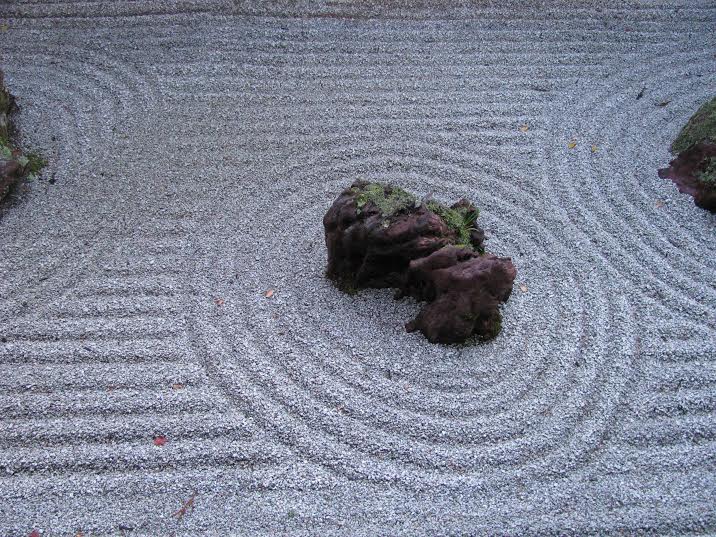Art, Design and Crafts Education [Formgiving, design og håndverk]. From Reform94 to the Knowledge Promotion Reform [Kunnskapsløftet]
DOI:
https://doi.org/10.7577/formakademisk.443Keywords:
Art, design, crafts, educationAbstract
This article is about the areas of arts, design and crafts in Norwegian upper secondary education, with a particular focus on the changes that were implemented with the Knowledge Promotion Reform [Kunnskapsløftet] in 2006. The starting point is the arts, design and crafts programme [Formgivingsfag] that was introduced in 1994 as a combined study with common basic training, in which some disciplines led to a university admissions certification, but most craft disciplines led to an apprenticeship certificate. With the Knowledge Promotion Reform, these groups were separated: the Programme for Specialisation in General Studies with Arts, Crafts and Design [Formgivingsfag] continued as a program within the Programme for Specialisation in General Studies. Craft trades continued in a new vocational education program with the designation of Vocational Study Programme for Design and Crafts [Design og håndverk]. How profound were the changes in structure and content, and how have students and teachers experienced these changes in practice? These questions have been answered through the support of two quantitative surveys, one before and one after the introduction of the Knowledge Promotion Reform. The study suggests that the natures of the two programs have remained fairly similar in terms of content, learning and assessment methods, especially in basic education. Both programs are still dominated by girls, and design is perceived to be central to both programs.

Downloads
Additional Files
Published
How to Cite
Issue
Section
License
Authors who publish with this journal agree to the following terms:
- Authors retain copyright and grant the journal right of first publication with the work simultaneously licensed under a Creative Commons Attribution 4.0 License that allows others to share the work with an acknowledgement of the work's authorship and initial publication in this journal.
- Authors are able to enter into separate, additional contractual arrangements for the non-exclusive distribution of the journal's published version of the work (e.g., post it to an institutional repository or publish it in a book), with an acknowledgement of its initial publication in this journal.
- Authors are permitted and encouraged to post their work online (e.g., in institutional repositories or on their website) prior to and during the submission process, as it can lead to productive exchanges, as well as earlier and greater citation of published work (See The Effect of Open Access).
- The author(s) must manage their economic reproduction rights to any third party.
- The journal makes no financial or other compensation for submissions, unless a separate agreement regarding this matter has been made with the author(s).
- The journal is obliged to archive the manuscript (including metadata) in its originally published digital form for at least a suitable amount of time in which the manuscript can be accessed via a long-term archive for digital material, such as in the Norwegian universities’ institutional archives within the framework of the NORA partnership.
The material will be published OpenAccess with a Creative Commons 4.0 License which allows anyone to read, share and adapt the content, even commercially under the licence terms:
This work needs to be appropriately attributed/credited, a link must be provided to the CC-BY 4.0 licence, and changes made need to be indicated in a reasonable manner, but not in any way that suggests that the licensor endorses you or your use.



